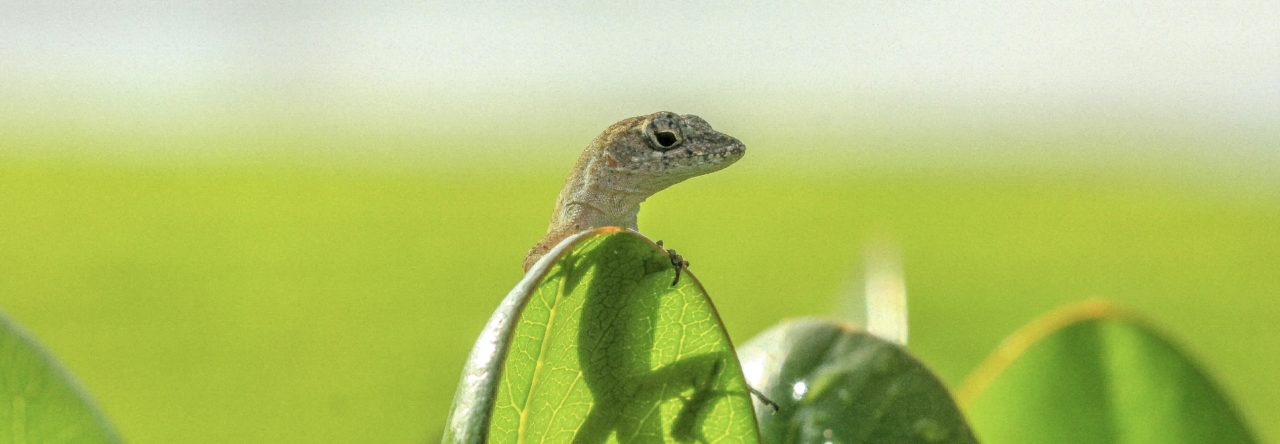Consider two lizard species that differ in limb length, with one species having relatively longer legs than others. During development, how does this difference arise? Do the limbs start at the same length when they first appear in the embryo, but grow at a greater rate in the longer-legged species? Or is the initial limb bud longer in the embryo of the longer-legged species, and then the rate of growth the same in the two species, preserving the initial difference?
Thom Sanger’s elegant work showed that the latter answer is correct for Anolis: the limb buds of long-legged species start out longer and then grow in parallel with those of shorter-legged species.
But does this finding also hold when comparing across a broader range of lizards? Robin Andrews and Sable Skewes decided to find out, comparing embryos of a chameleon, two geckos, and the brown anole.
The answer: the same pattern as within anoles! And it applies to tail length (but not head length) as well as limbs.
- Evolution in Real Time on Lizard Island - March 23, 2025
- Spider Snags Adult Anolis osa - March 22, 2025
- An Homage to the Green Anoles of New Orleans - March 21, 2025




Leave a Reply